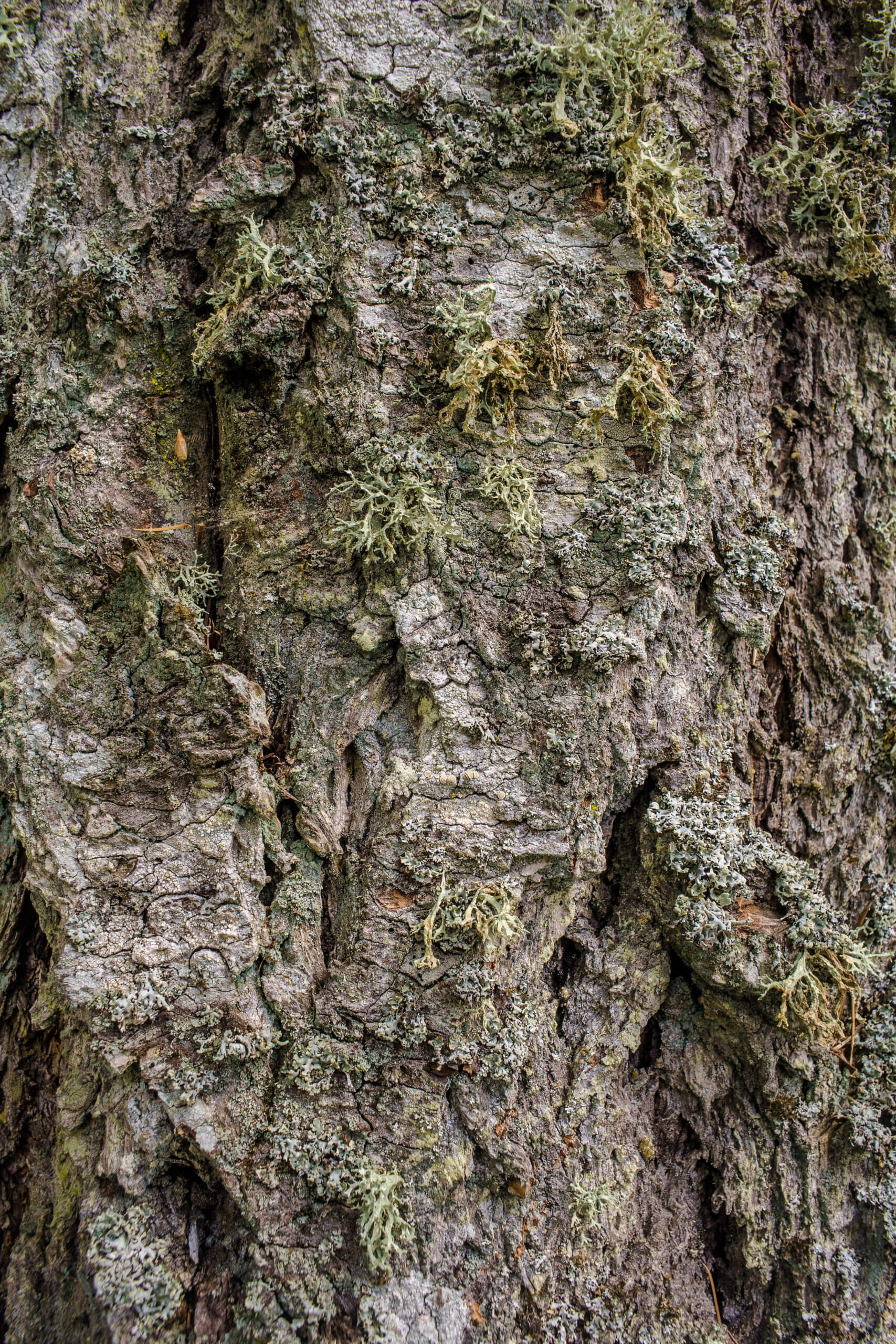Douglas Fir
bot. Pseudotsuga menziesii

The Douglas fir’s natural habitat was in North America before it was introduced to Europe in the 18th century. It is bound to rainy locations and requires deep, moist soils. The Douglas fir is neither pine, spruce nor fir, but belongs to its own family. Nevertheless, it has something in common with all of them: it looks like a broad spruce and also throws its drooping cones to the ground. The needles have characteristics like those of a fir, because they sit directly on the shoot and when they fall/tear off, only a round scar remains, but not a hump as in the spruces. The Douglas fir can reach an age of up to 600 years, it is fast-growing and provides valuable wood. From a forestry point of view, it is the most important foreign tree species.
Comments
Good durability, heartwood almost fungus and insect resistant. Weatherproof.
Hardness grade
20 - 30 Brinell
Color
Light yellow sapwood with reddish brown darkening color core.
Color change
Exposed to the weather, the wood loses the reddish tone and acquires a silver-gray color.
Origin
- Natural habitat is western North America (Oregon, Washington).
- Since the 19th century it has also been cultivated in Europe.
- Grows in the lowlands as well as in some parts of the mountains, growth performance is high.
Wood character
- Sapwood pale (yellowish), often narrow, heartwood darkening to reddish-brown, mandatory coloured heartwood.
- Fine medullary rays, annual rings clearly visible, with small, often grouped resin canals, summerwood distinctive, with sharp border to springwood.
- Wood with matt surface, resinous-citrus-like odour.
- High durability, heartwood almost fungus and vermin resistant. Exposed to the elements, the wood loses its reddish tone and takes on a silver-grey colour.
Use
- Due to its high resistance, Douglas fir is mainly used for outdoor areas. For example, for the Rigi sun loungers, which invite you to relax and enjoy at various locations in central Switzerland.
Characteristics
Weight: 510 KG/M³
Weight (Average bulk density air dry, ᵨ 12...15)
Average hardness: 25 N/MM²
Average hardness according to Brinell (radial)
Stability: gut
Dimensional and form stability
Durability: mässig dauerhaft
Natural durability according to DIN-EN 350-2


